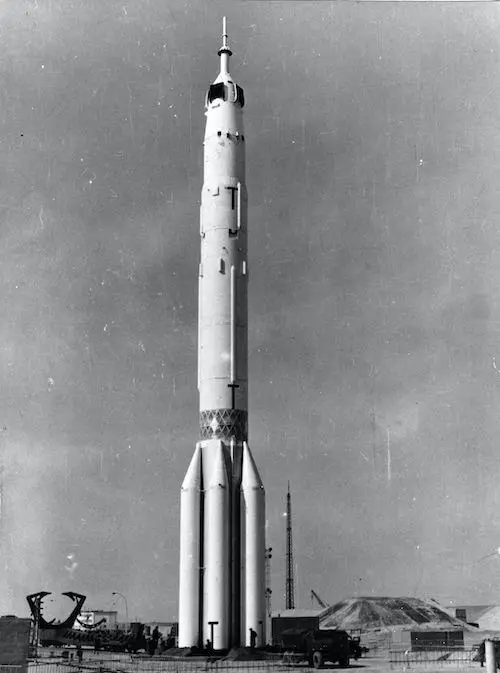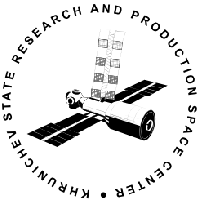Luna 21
Launch Success
Liftoff Time (GMT)
06:55:38
Monday January 8, 1973
Mission Details
Luna 21
Luna 21 (Ye-8 series) was an unmanned space mission, and its spacecraft, of the Luna program, also called Lunik 21, in 1973. The spacecraft landed on the Moon and deployed the second Soviet lunar rover, Lunokhod 2. The primary objectives of the mission were to collect images of the lunar surface, examine ambient light levels to determine the feasibility of astronomical observations from the Moon, perform laser ranging experiments from Earth, observe solar X-rays, measure local magnetic fields, and study mechanical properties of the lunar surface material. Luna 21 carried the second successful Soviet lunar rover, Lunokhod 2, and was launched less than a month after the last Apollo lunar landing. The Proton-K/D launcher put the spacecraft into Earth parking orbit followed by translunar injection. On 12 January 1973, Luna 21 was braked into a 90 × 100 km orbit about the Moon, at a 60° inclination. On 13 and 14 January, the perilune was lowered to 16 km altitude. On 15 January after 40 orbits, the braking rocket was fired at 16 km altitude, and the craft went into free fall. At an altitude of 750 meters the main thrusters began firing, slowing the fall until a height of 22 meters was reached. At this point the main thrusters shut down and the secondary thrusters ignited, slowing the fall until the lander was 1.5 meters above the surface, where the engine was cut off. Landing occurred at 23:35 UT in Le Monnier crater at 25.85° N, 30.45° E, between Mare Serenitatis ("Sea of Serenity") and the Taurus Mountains. The lander carried a bas-relief of Vladimir Lenin and the Soviet coat-of-arms.
Trans Lunar Injection
1 Payload
5,665 kilograms
Rocket


Manufacturer
KhrunichevRocket
Height: 56.14m
Payload to Orbit
LEO: 18,900 kg
GTO: 9,000 kg
Liftoff Thrust
8,840 Kilonewtons
Fairing
Diameter: 3.9m
Height: 8.9m
Stages
4
Launch Site
Stats
Proton-K
34th
Mission
1st
Mission of 1973
Khrunichev State Research and Production Space Center
720th
Mission
1st
Mission of 1973
1973
1st
Orbital launch attempt